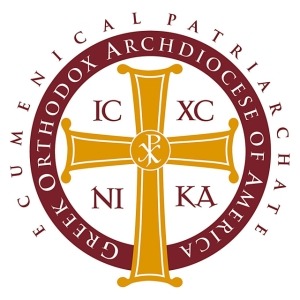the history of
Greeks & The Avero House
1740-1749 The Casa Avero was built. In 1763, after 198 years of Spanish Colonial rule, Florida was traded to England in accordance with the 1763 Treaty of Paris. The Avero Family leaves for Cuba.
April 17, 1768 1,403 persons of Mediterranean descent leave Mahon, Minorca for the New World. Virtually all enlisted under the English Indentured Servitude Act, contracting to work for 7 years in exchange for free passage, freedom and a tract of land.
June 26, 1768 Arrival of 7 of the 8 Turnbull ships in St. Augustine. Over 1000 colonists are registered before they leave for Mosquito Inlet to begin their indentured servitude at the New Smyrna Plantation. 1255 survived the journey, registering in St. Augustine, Florida, then proceeding 75 miles south of St. Augustine to the Ill prepared 104,000 acres which will be known as the New Smyrna Colony.
1776 The Revolutionary War makes it illegal for the colonists to be kept against their will.
Spring 1777 New Smyrna Colony feels the effect of the diminishing work force. Less than 400 survive. They begin the long march to St. Augustine where Gov. Patrick Tonyn offers sanctuary in the Avero House. After three uprisings, the death of more than 1,000 men, women and children and the unfulfilled promise of freedom and land ownership after nine years of grueling labor, a mass exodus began in the late summer, entirely deserting the Colony by November, 1777.
November, 1777 The Avero House is called the Greek Chapel or St. Peter’s Chapel and is the meeting place for the New Smyrna refugees for the next ten years.
1960 Professor E.P. Panagopoulos of San Jose, California vacations in Florida. His curiosity is piqued regarding early Greek immigration history in New Smyrna Beach. He spends three years gathering research that results in his doctoral dissertation, “The New Smyrna Colony, An 18th Century Odyssey”.
March 1966 Avero House purchased by the Greek Orthodox Archdiocese of North and South America with the assistance of George and Olga Fotiou, James and Stella Kalivas, Steve and Geraldine Sarris, Tom and Despina Xynidis and Spero and Martha Zepatos.
June 13, 1972 Avero House officially listed on the National Register of Historic Places. The building is locally significant as one of 30 remaining houses within the historic district that pre-date 1821.
1979 Kathleen Deegan completes the archaeological dig; reconstruction under architect Archon Ted Pappas of Jacksonville, Florida commences.
February 27, 1982 Archbishop Iakovos of North and South America dedicates St. Photios Greek Orthodox National Shrine with the Opening of the Doors.
February 22, 1985 Archbishop Iakovos of North and South America consecrates the Chapel of St. Photios.
2015 Dr. Dan Schafer shares critical information regarding the recruitment of Greeks cited in the April 16, 1767 letter from Dr. Andrew Turnbull to Dr. William Duncan and the partners of the East Florida Venture. “You will probably be surprised, Sir, that I have stayed so long here. It was to obtain a bounty on the importation of Greeks into your Province. Lord Shelburne supported me in this as much as possible, and I have at last almost finished it but as there was only £1100 which could be applied that way. I’m to have forty shilling a head premium on the first 500 Greeks, small children not to reckon, and the other hundred pounds for my Greek priest with a kind of promise to put him on the Establishment for the future. This affair, however, may be of more consequence than the present advantage, as it is breaking the ice in a premium way. A letter with orders on this bounty will be sent to your Excellency as soon as Lord Shelburne comes to town which will be four days hence.”

